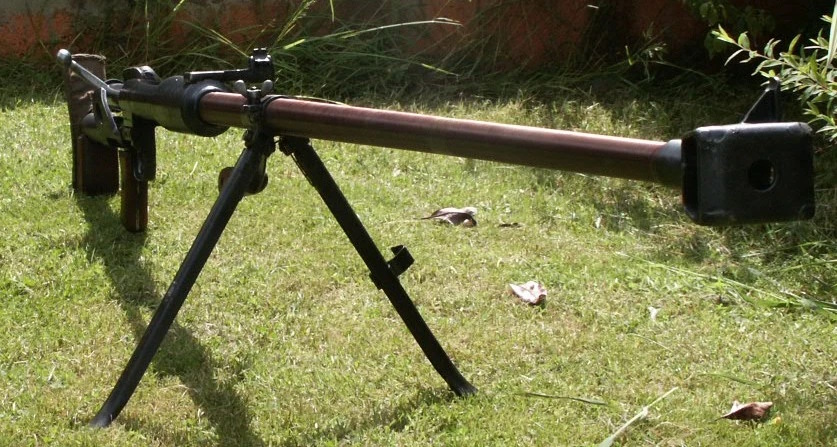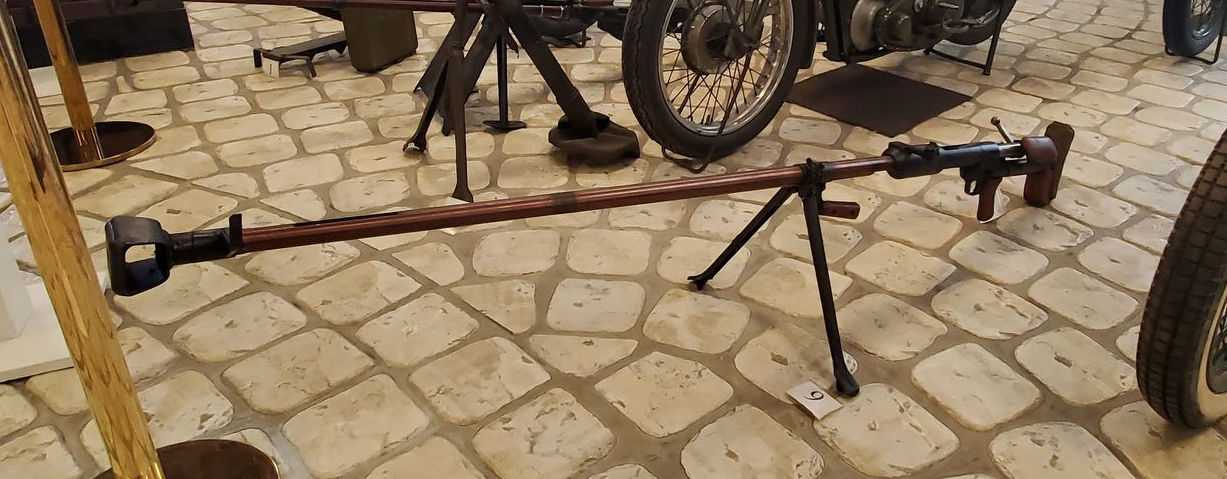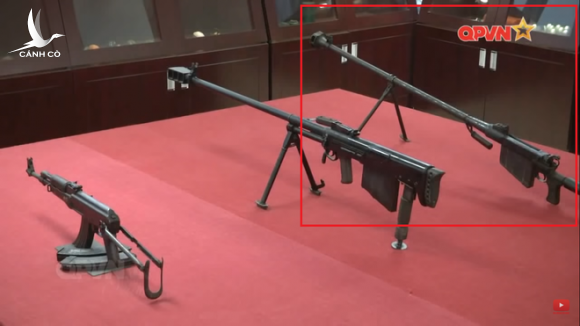PTRD-41
| Factions | Weapon | Icon | Classes | Ammo |
|---|---|---|---|---|
 VC |
 PTRD-41 |
 |
1 / 4 |
| Damage Base | Headshot × | Chest × | Stomach × | Leg × | Arm × | Bayonet | Rifle Grenades |
|---|---|---|---|---|---|---|---|
| 99 | ×2.4 = 237.6 | ×2.15 = 212.85 | ×1.95 = 193.05 | ×1.15 = 113.85 | ×1.15 = 113.85 | NO | NO |
| Designation | Weapon Type | Fire Modes | Fire Rate | Bullet Spread ° | Bipod Bullet Spread ° | Range Modifier | Muzzle Velocity | Projectile weight | Weight |
|---|---|---|---|---|---|---|---|---|---|
| PTRD-41 | Anti Tank Guns | Single Shot | 15 RPM | 2.5° & 0.25° ADS | 2.5° & 0.25° ADS | 1 | 760 m/s | 12.8 g (197.5 gr) | 12 kg (26.4 lbs) |
| Full name | Ammo Type | Place of Origin | Date | Manufacturer | Barrel Length | Total Length | Weapon Script Name |
|---|---|---|---|---|---|---|---|
| Degtyaryov Single Shot Anti-Tank Weapon System Model of 1941 | 7.92x57 | Soviet Union | 1941 | Degtyaryov plant | 53 in (1,350 mm) | 79.5 in (2,020 mm) | weapon_ptrd |
The PTRD-41 (Shortened from Russian, ProtivoTankovoye Ruzhyo Degtyaryova; Противотанковое однозарядное ружьё системы Дегтярёва образца 1941 года; "Degtyaryov Single Shot Anti-Tank Weapon System Model of 1941") is an anti-tank rifle that was produced and used from early 1941 by the Soviet Red Army during World War II. It is a single-shot weapon which fires the 14.5×114 mm round, which was able to penetrate German tanks such as the Panzer III and early models of the Panzer IV. Although unable to penetrate the frontal armor of late-war German tanks, it could penetrate their thinner side armor at close ranges as well as thinly armored self-propelled guns and half-tracks.
HISTORY
In 1939, in its invasion of Poland the USSR captured several hundred Polish Model 35 anti-tank rifles, which had proved effective against the German invasion of Poland from the West. Vasily Degtyaryov copied its lock and several features of the German Panzerbüchse 38 when hasty construction of an anti-tank rifle was ordered in July 1941.
The PTRD and the similar but semi-automatic PTRS-41 were the only individual anti-tank weapons available to the Red Army in numbers upon the outbreak of the war with Germany. The 14.5 mm armor-piercing bullet had a muzzle velocity of 1,012 m/s (3,320 ft/s). The 64 g (2.3 oz) bullet had a 39 g (1.4 oz) steel core and could penetrate around 30 mm (1.2 in) of armor at 500 m (1,600 ft), and 40 mm (1.6 in) of armor at 100 m (330 ft). During the initial invasion, and indeed throughout the war, most German tanks had side armor thinner than 40 mm (1.6 in) (Panzer I and Panzer II: 13–20 mm (0.51–0.79 in), Panzer III and Panzer IV series: 30 mm (1.2 in), Panzer V Panther (combat debut mid-1943): 40–50 mm (1.6–2.0 in)).
Guns captured by the Germans were given the designation 14.5 mm PzB 783(r). After World War II the PTRD was also used extensively by North Korean and Chinese armed forces in the Korean War. During this war, William Brophy, a US Army Ordnance officer, mounted a .50 BMG (12.7 mm) barrel to a captured PTRD to examine the effectiveness of long-range shooting. Furthermore, the US also captured a number of PTRDs in the Vietnam War. The weapon proved effective out to 1,800 m (5,900 ft).
SOURCE









